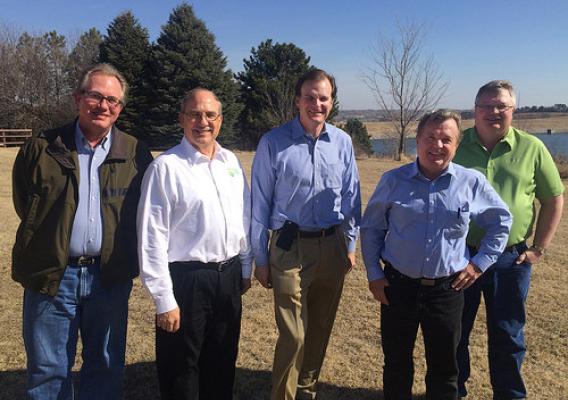I recently attended the 2015 National Pheasant Fest and Quail Classic in Des Moines, Iowa, where I met with sportsmen, farmers, young people, wildlife biologists and others who are committed to strengthening wildlife habitat throughout America. It was exciting to see firsthand the passion for the native and restored grasslands and woodlands that typify the rural American landscape.
I had the honor of speaking to the group, where I highlighted the 30th anniversary of USDA’s Conservation Reserve Program (CRP). CRP, one of the largest private lands conservation programs in the nation, is designed to reduce soil erosion, improve water and air quality, and provide habitat for wildlife. Interested landowners can establish long-term USDA-approved grasses or trees in exchange for USDA helping with the cost of establishing the plants and providing annual payments for 10 to 15 years. The covers along fields, streams and rivers prevent soil and nutrients from washing into waterways, reduce soil erosion that may otherwise contribute to poor air and water quality, and provide valuable habitat for wildlife.










